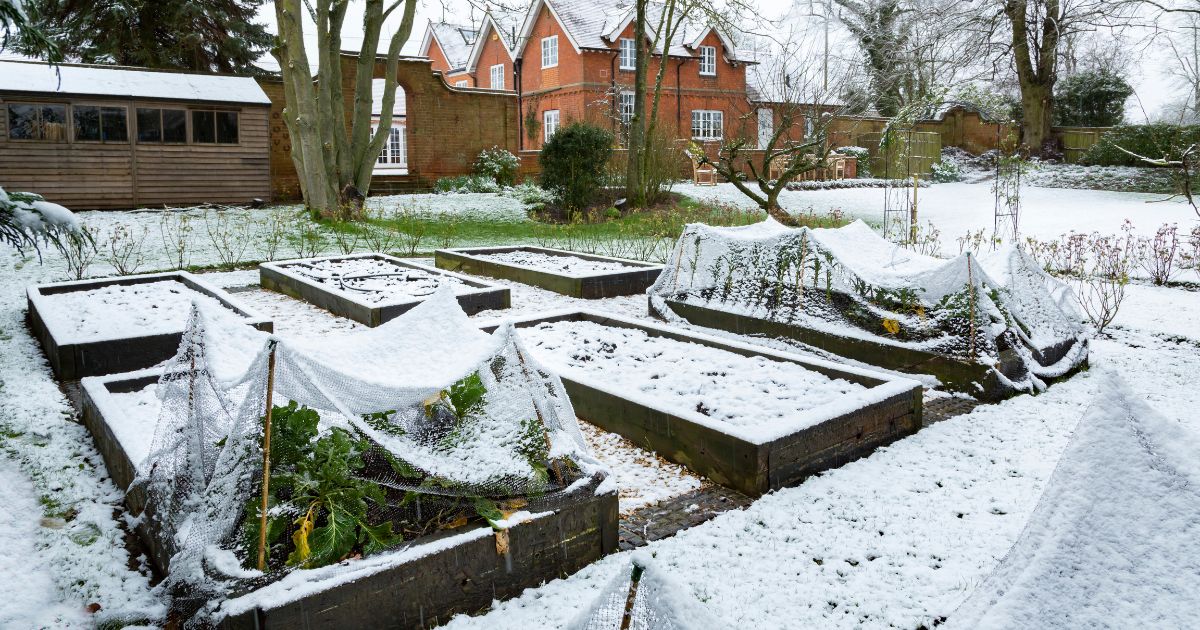Preparing your vegetable garden for winter is essential to ensure it remains healthy and productive for the next growing season.
With the right steps, you can protect your plants and soil, setting the stage for a flourishing garden come spring. Dive into these detailed tips to ensure your garden withstands the chill and emerges ready for new life.
1. Clean Up Debris
© Canva
Clear your garden of dead plants, leaves, and other debris to prevent pests and diseases from overwintering in your garden. This simple task creates a clean slate for spring planting and helps maintain soil health.
2. Add a Layer of Mulch
Mulching is crucial to insulate the soil during cold months. Apply a thick layer of organic mulch like straw or wood chips to your garden beds to retain moisture and regulate soil temperature, protecting the roots of perennial plants.
3. Plant Cover Crops
Sow cover crops like clover or rye to enrich your soil with nutrients and prevent erosion over the winter. These crops will be turned into the soil in spring, adding organic matter and improving soil structure.
4. Protect Sensitive Plants
Some plants need extra protection from frost and wind. Use burlap or horticultural fleece to wrap sensitive plants, or consider cloches and cold frames for added warmth and shelter.
5. Prune Perennials
Prune back perennials to tidy up your garden and promote healthy regrowth in spring. Focus on removing dead or diseased foliage and shaping the plants to encourage robust flowering next season.
6. Harvest Remaining Vegetables
Before the first hard frost, gather any remaining vegetables to enjoy or preserve. This ensures you make the most of your harvest and prevents wasted produce.
7. Prepare Soil for Spring
Amend your soil with compost or well-rotted manure to boost its fertility. Turning the soil now allows these nutrients to integrate and improve soil structure, readying it for spring planting.
8. Winterize Garden Equipment
Clean and store your tools properly to prevent rust and damage over the winter. Sharpen blades, oil moving parts, and ensure everything is dry before storing them in a safe, dry place.
9. Plan Next Year’s Garden
Use this downtime to plan your spring garden. Review this year’s successes and challenges, browse seed catalogs, and start drafting a layout for next year’s planting. This helps you stay organized and excited for the upcoming season.









